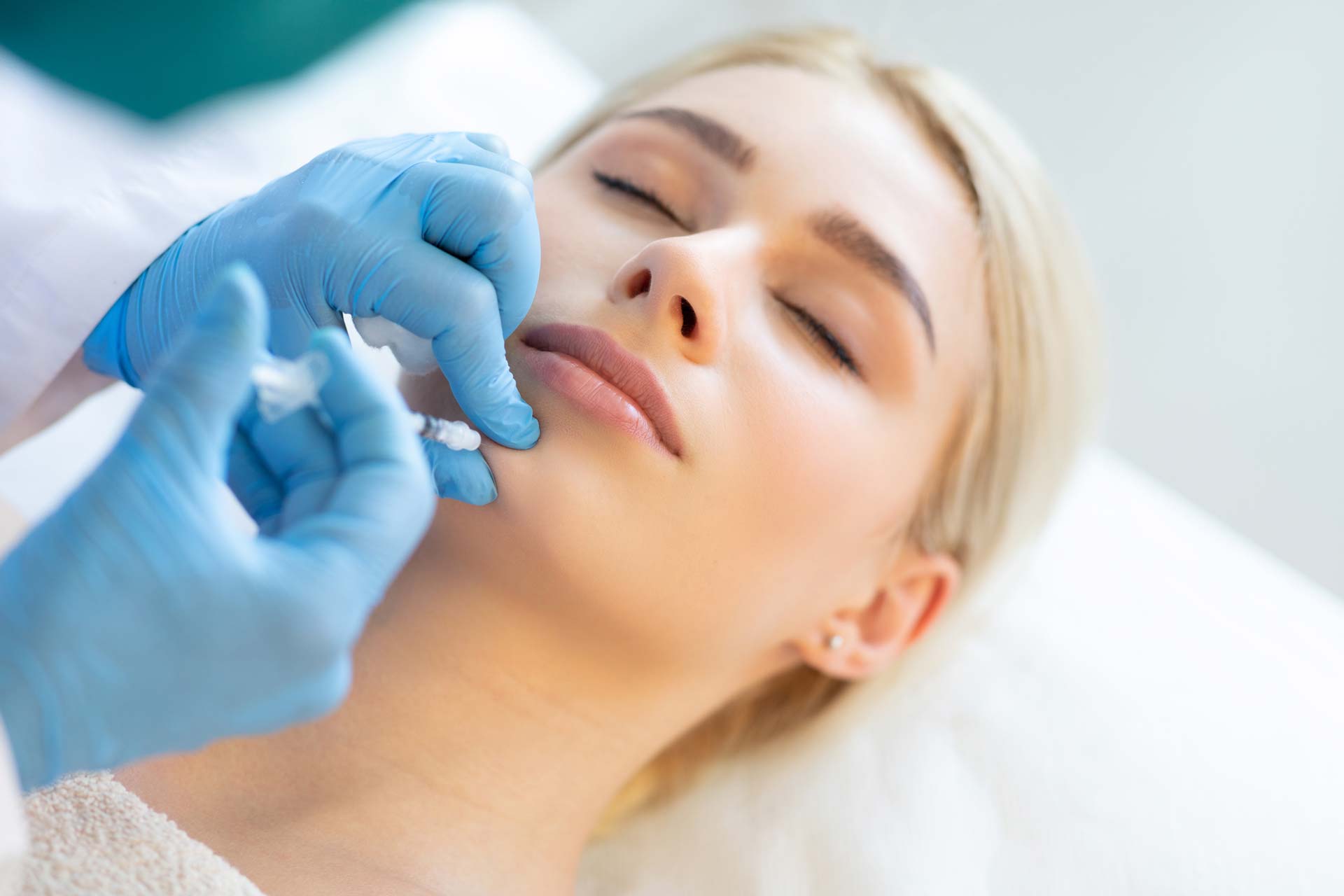The next generation of stem cell therapy we can’t stop hearing about.
“Exosomes are simply messengers,” says New York dermatologist Doris Day, MD. “They are membrane-bound vesicles—or small bubbles—that are released from stem cells and naturally attracted to areas of inflammation. They carry growth factors and other anti-inflammatory, immune-supportive and antioxidant elements to places that need them.” Atta Behfar, MD, PhD and founder of biotech company Rion, describes an exosome as words between two cells. “It’s essentially a message from one cell to another,” he explains. “There are billions of types of exosomes in our bodies, and depending on which cells secrete those exosomes, and what state those cells are in—healthy, stressed or dying—you can get dramatically different signals. We’ve established a way to derive exosomes from human platelets as a resource for tissue regeneration, including for use in aesthetic applications, such as hair loss and facial wrinkles.”
Exosomes are said to be more potent and reliable than PRP and PRFM (platelet-rich fibrin matrix), which we first learned about in 2016 and are still used in doctors’ offices around the world. Both PRP and PRFM help speed up the wound-healing process by creating new skin cells, collagen and blood vessels, but New York dermatologist Marina Peredo, MD says they are inconsistent, dependent on the patient’s age and condition, and contain only a few key growth factors. “Exosomes are 100-percent consistent and contain 10 to 100 times more growth factors than PRP and PRFM. Moreover, exosomes are immediately available and do not necessitate drawing and processing any blood from the patient.”


